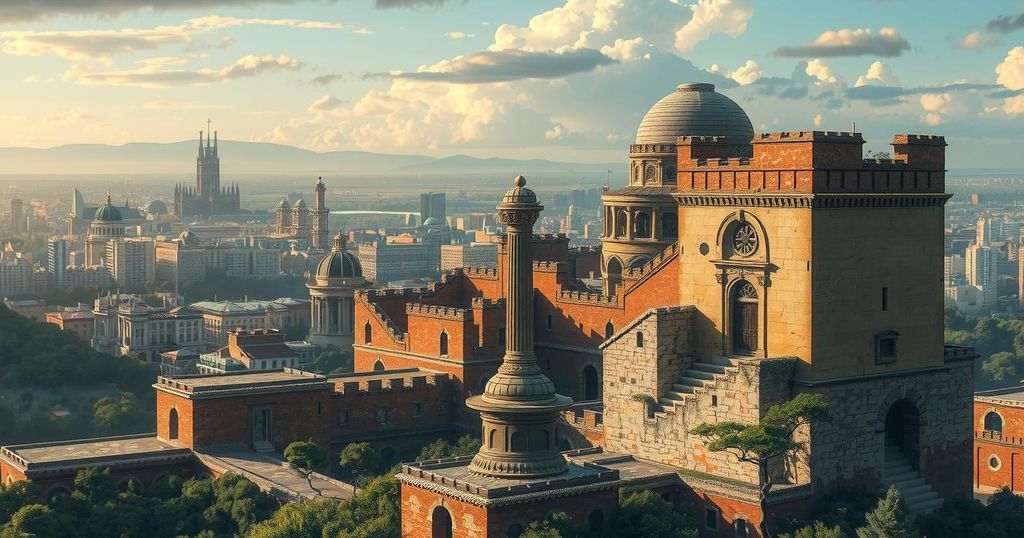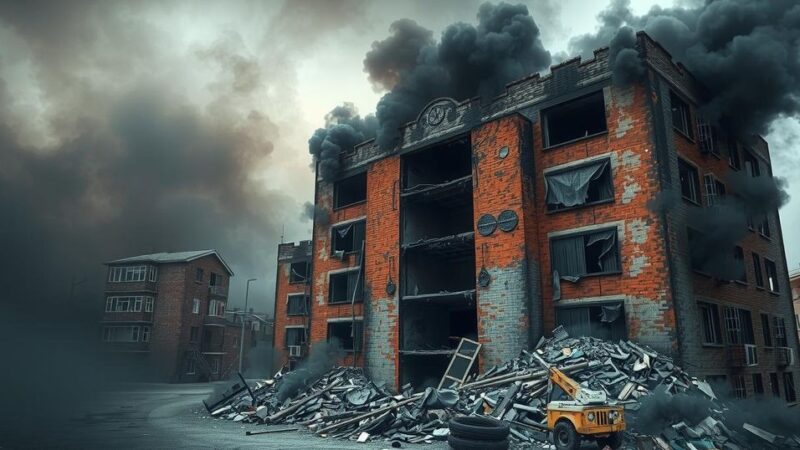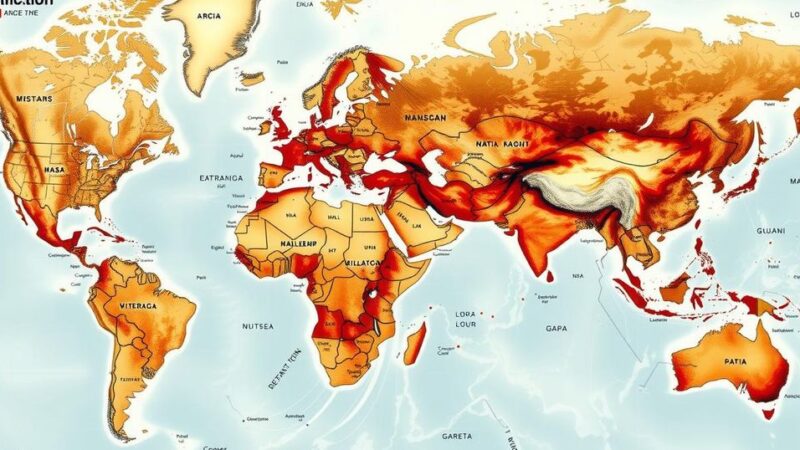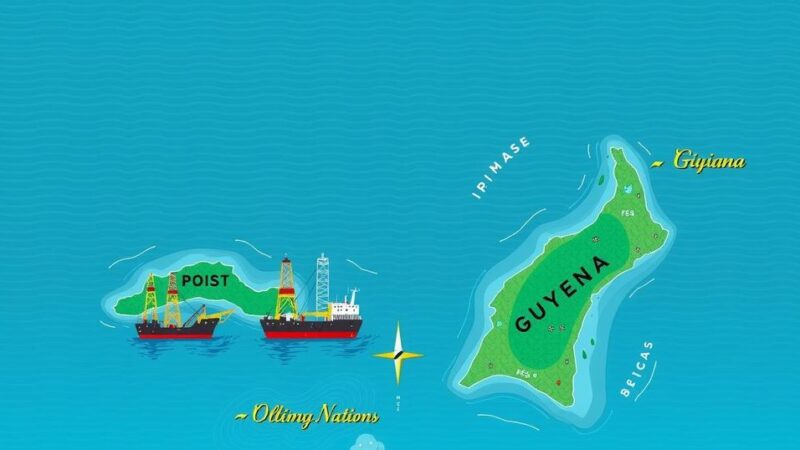The Syrian army withdrew from Hama as insurgents captured the city, marking a significant setback for President Assad. Hama’s dark history relates to the Hama Massacre of 1982, influencing contemporary opposition sentiments. The strategic importance of Hama could shift the balance of power in Syria, with potential implications for other key cities. Experts predict the outcome may embolden opposition forces significantly.
The Syrian army has retreated from the central city of Hama, following the insurgents’ breakthrough of its defenses, marking a significant setback for President Bashar Assad’s regime. This announcement coincided with opposition fighters claiming they had entered the city and approached the center, further escalating the conflict in the region.
Historically, Hama’s name evokes dark memories, particularly the Hama Massacre orchestrated by President Hafez Assad in 1982, during which between 10,000 and 40,000 people were killed or disappeared. This government-led assault devastated the city, which had been a stronghold for the Muslim Brotherhood, and serves as a haunting reminder of oppression in Syria.
Hama, known as Syria’s fourth-largest city, features scenic waterwheels along the Orontes River but has been synonymous with violence since the early 1980s. The targeted military operations, including heavy shelling led by Hafez Assad’s brother, Rifaat, have etched a deep-seated animosity towards the ruling regime in the minds of many Syrians.
The city became a focal point for protests against Bashar Assad in 2011, amidst broader Arab uprisings. After a brief period of opposition control when government forces withdrew, the regime launched a ruthless counterattack, leading to heavy casualties and stifling the dissent once again. The protests birthed slogans demanding Assad’s departure, ingraining Hama’s status as a symbol of resistance.
Experts, such as Aron Lund from Century International, highlight Hama’s historical significance in the formation of the Syrian opposition. Its past serves as a constant reminder of the regime’s brutality, affecting both the opposition’s unity and the military leaders from that era. In a recent video message, Abu Mohammed al-Golani, the insurgent leader, noted the efforts to “clean the wound that has bled for 40 years” following their entry into Hama.
Strategically, Hama serves as a vital junction linking the north and central regions of Syria. Its fall poses significant implications for Assad’s control, further emboldening opposition forces and potentially threatening vital locations such as Homs. Analysts assert that if rebels capture Homs, it could change the dynamics of power within Syria drastically, isolating Damascus and cutting off critical supply lines for the regime.
The capture of Hama by rebel forces signifies a pivotal moment in the ongoing conflict in Syria, symbolically connecting to the city’s traumatic past while presenting strategic challenges for President Assad. Reinforced by historical grievances and the struggles against government oppression, this development could embolden the opposition and reshape the landscape of the conflict, particularly if towns like Homs also fall under insurgent control.
Original Source: apnews.com






